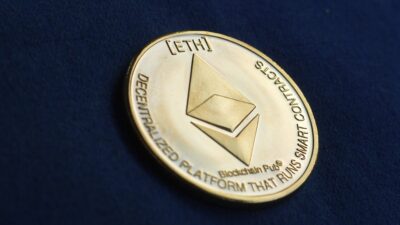Introduction
In the quest for a sustainable future, the intersection of blockchain technology and green initiatives is paving the way for innovative solutions that can revolutionize environmental conservation efforts. By providing transparency, traceability, and efficiency, blockchain is emerging as a game-changer in the realm of green technology. This article explores how blockchain is set to transform the landscape of sustainability and what it means for our planet.
Understanding Blockchain
At its core, blockchain is a decentralized digital ledger that records transactions across many computers in a way that ensures the data is secure, transparent, and immutable. Each transaction is grouped into blocks and linked in a chronological chain, allowing multiple stakeholders to access the same data in real-time. This decentralized nature eliminates the need for intermediaries, reducing costs, enhancing cooperation, and fostering trust among users.
The Role of Blockchain in Sustainability
-
Supply Chain Transparency
One of the most significant applications of blockchain in sustainability is its ability to enhance supply chain transparency. In industries such as agriculture, fashion, and energy, blockchain can trace the origins of products, ensuring that they are sourced ethically and sustainably. Consumers are increasingly demanding transparency, and blockchain allows businesses to showcase their commitment to sustainable practices.
For example, brands like Everledger use blockchain to verify the origins of diamonds, ensuring that they are conflict-free and ethically mined. This not only builds trust with consumers but also encourages ethical sourcing throughout the supply chain.
-
Renewable Energy Integration
Blockchain technology can facilitate the decentralized distribution of renewable energy by allowing consumers to trade excess energy generated from solar panels or wind turbines directly with one another. This peer-to-peer energy trading promotes the use of renewable sources and reduces dependence on fossil fuels.
Projects like Power Ledger are at the forefront of this innovation, enabling households to engage in energy trading efficiently. This democratization of energy can significantly reduce carbon footprints and promote sustainable energy consumption.
-
Carbon Credits and Emission Tracking
The concept of carbon credits—where companies can buy or sell permits to emit carbon dioxide—can be revolutionized through blockchain. By creating a transparent and immutable record of carbon emissions, blockchain can facilitate real-time tracking of emissions, ensuring accountability among corporations and governments.
Initiatives like the IBM and Verra collaboration aim to use blockchain for managing carbon credits, improving the integrity of carbon markets, and making sustainability initiatives more effective in controlling greenhouse gas emissions.
-
Sustainable Financing
Blockchain can streamline fundraising for sustainable projects by offering transparent tracking of funds. Through smart contracts—self-executing contracts with the terms directly written into code—investors can gain assurance that their funds are utilized for intended green projects. This reduces the risks associated with greenwashing and creates a pathway for more investment into sustainable ventures.
Platforms like Celo are working to facilitate financing for renewable energy projects, ensuring that funds are traceable and used effectively to drive sustainability initiatives.
Challenges and Considerations
While the potential benefits of blockchain in sustainability are significant, the technology is not without its challenges. Some key considerations include:
-
Energy Consumption: The consensus mechanisms used in blockchain, particularly proof-of-work, are energy-intensive. However, the industry is evolving, with many projects moving towards more energy-efficient models, such as proof-of-stake.
-
Regulatory Framework: As blockchain applications expand, so does the need for a regulatory framework that addresses privacy, security, and environmental concerns.
- Scalability and Interoperability: For blockchain solutions to achieve widespread adoption, scalability and the ability to integrate with existing systems are crucial.
Conclusion
Blockchain technology is ushering in a new era for green tech, offering innovative solutions to some of the most pressing environmental challenges we face today. By enhancing transparency, accountability, and efficiency, blockchain can drive sustainable practices across various industries, promoting a healthier planet for future generations. As we continue to explore and harness the full potential of blockchain, collaboration among technologists, green businesses, and policymakers will be essential in realizing a truly sustainable future.



